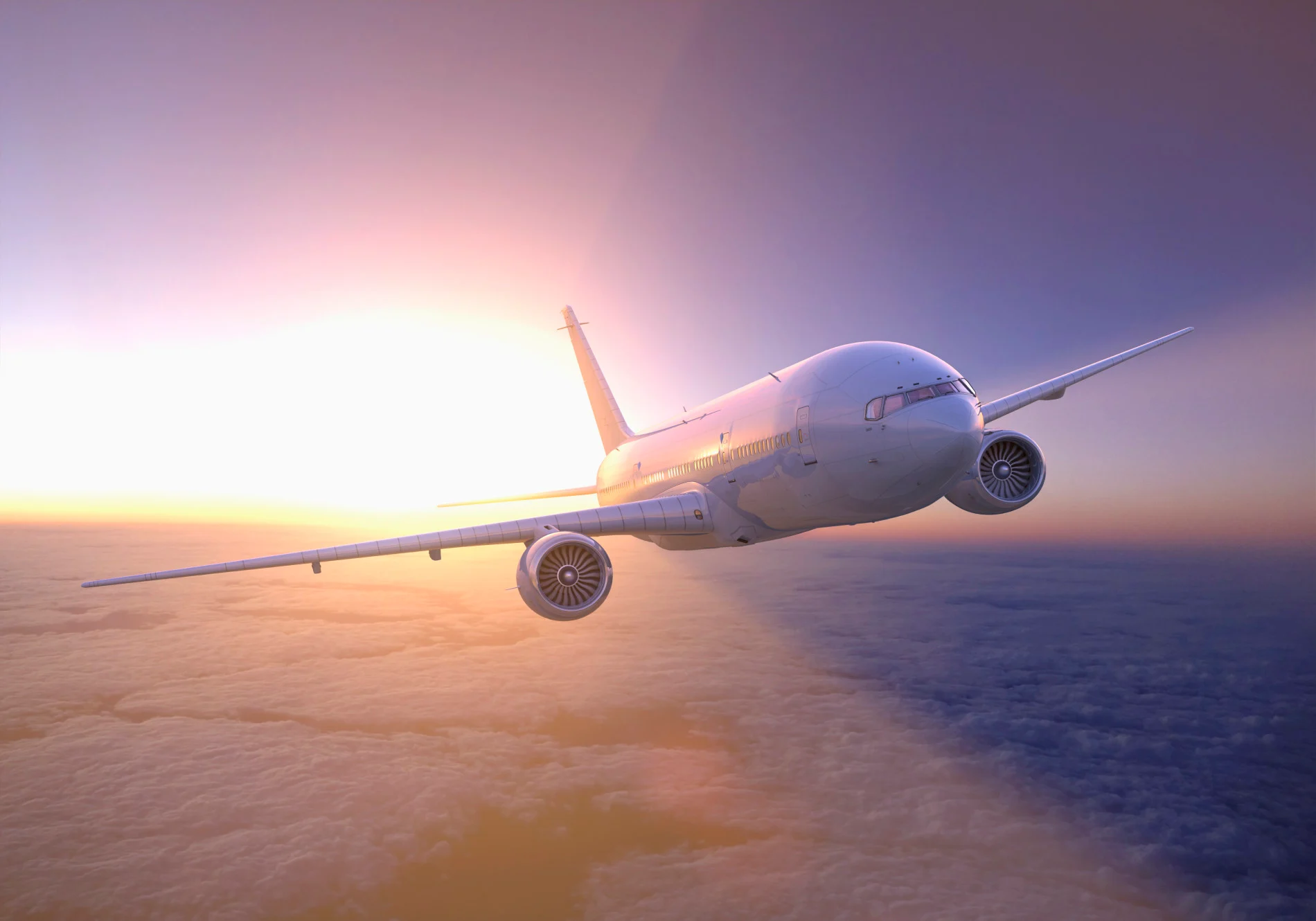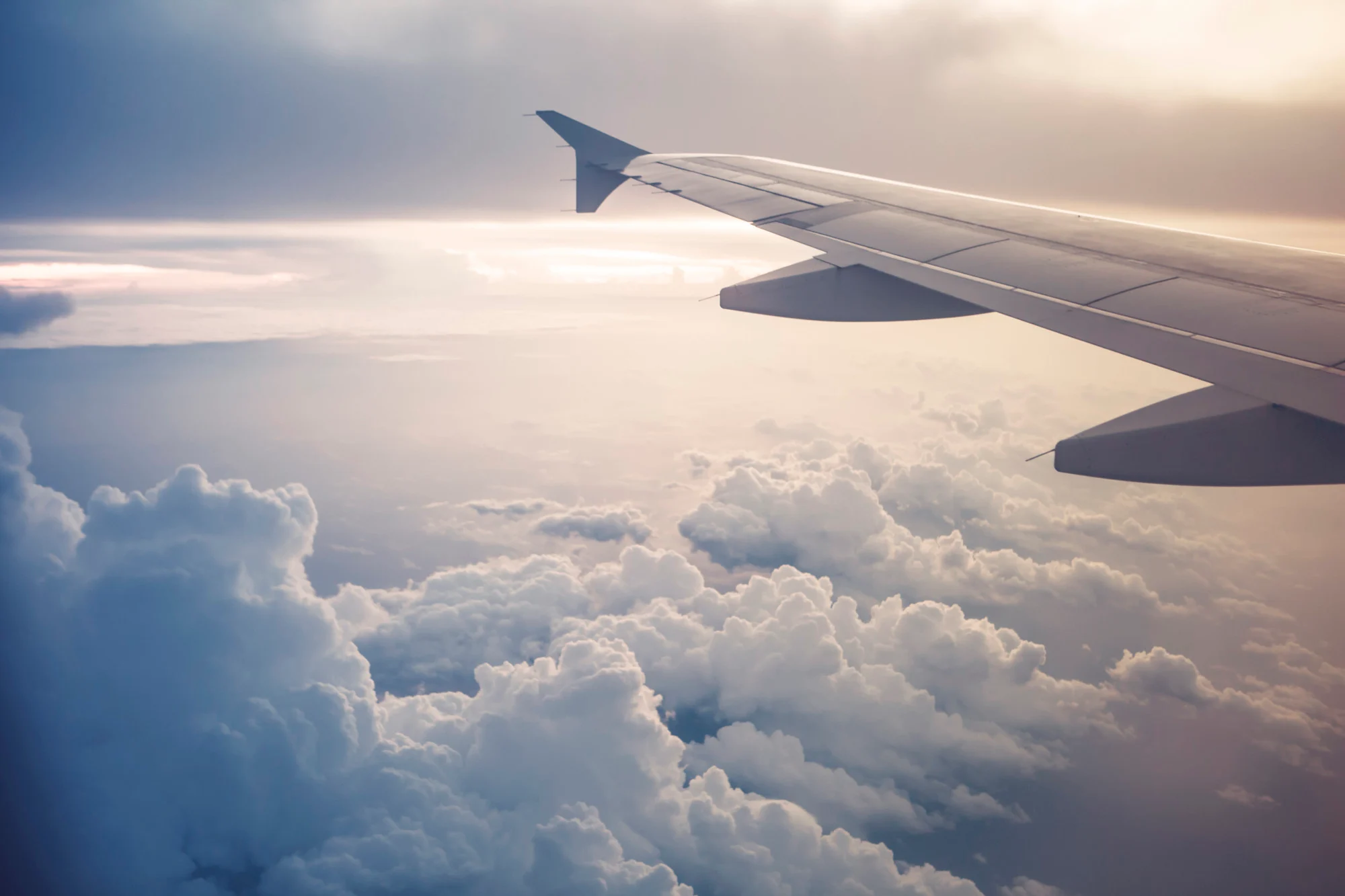
Stronger jet streams are leading to longer flight times, research says
Flights across the Pacific and Atlantic oceans could be longer as climate variables shift, which has significant implications on carbon emissions.
A study published in Environmental Research Letters confirmed a link between large-scale climate variables and increased trans-oceanic flight times during the winter.
According to Professor Paul Williams of Reading University, a contributor to the research, overall round-trip flight times increased on average between 4.24 and 9.35 minutes for trans-Atlantic flights and between 5.92 and 8.73 minutes for trans-Pacific flights over the period 1979-2016. Climate patterns including the North Atlantic Oscillation (NAO) and El Niño Southern Oscillation (ENSO) were key influencers.
The NAO is an index of the sea level pressure difference between the Icelandic Low and Azores High in the North Atlantic. Simply speaking, sea level pressure is the weight of the atmosphere at sea level for a particular location.
In the positive ENSO phase, sea surface temperatures in the tropical Pacific are cooler than normal and the jet stream (which typically blows westerlies) is stronger.

Stronger jet stream in positive phase of NAO.

Stronger Jet Stream in positive phase of ENSO.
To conclude that climate patterns affected flight times, the study looked at the three strongest positive and negative cycles since the late 1970s, as this marked the beginning of accurate satellite observations of high altitude winds. The difference between flight times of eastbound and westbound flights is larger in the positive phase of both the NAO and ENSO.
According to the research, in the winter when the jet stream is persistently strong (positive NAO) an eastbound flight from North America to Europe was on average 19 minutes shorter than normal, and westbound flights from Europe to North America were on average 23 minutes longer than normal.
While these numbers may not initially seem so shocking, they are “statistically significant and have a huge impact when the overall traffic is considered in both regions” Professor Williams told The Weather Network.
A similar result was found in the Pacific in winter when the northeast Pacific jet stream is stronger than normal (positive ENSO). Eastbound flights from Hawaii to San Francisco were 15 minutes shorter, but a westbound flight on the return route was 22 minutes longer.

Regular trans-Pacific flight route.

Regular trans-Atlantic flight route.
“You’d think if the jet stream got 10 miles an hour stronger eastbound journeys would get a bit faster, westbound journeys would get a bit slower and it would all cancel out when you think about a round-trip, but that’s not what happens,” said Professor Williams.
Not only is the increase in travel time for westbound routes greater than the reduction in travel time for eastbound routes in positive phases, but the “delay of westbound flights is more significant” in the positive NAO and ENSO, compared to the negative phases.
This might seem surprising to the casual observer, but Professor Williams explains that this is because the slowest part of the journey—which takes longer—contributes more to the average.
The position and intensity of the jet stream makes a significant difference between the positive phases of NAO and ENSO, and negative phases. The average zonal wind (that component of the wind that blows parallel to a line of latitude) in the North Atlantic increased significantly from 16.36 m/s to 30.4 m/s between the negative and positive phases of the NAO. In the eastern Pacific, the respective increase was from 14.65 m/s to 37.7 m/s. Such a difference makes a significant contribution to “headwinds” of westbound flights, thus slowing the overall round trip journey.

Credit: Moazzam Ali Brohi. Moment. Getty Images
With increased flight times comes an economic and environmental cost. “Simply put, the longer a plane is in the air, the more fuel it burns…and there are two consequences there,” said Professor Williams.
One, the extra cost to buy fuel, and two, it puts more greenhouse gas emissions into the atmosphere. The study cites that extra fuel consumption of 6.9-15 million gallons at an additional cost of 21-45 million U.S. dollars would be needed for trans-Atlantic flights. In the Pacific, the additional fuel cost was calculated to be between 3.2 and 4.7 million gallons, at a cost of 9.6-14 million US dollars.
While aviation’s current contribution to carbon dioxide emissions is a small percentage in the grand scheme of things, it is expected to increase with time. From increased flight times and fuel burn, this could be as much as 66-144 million kilograms of extra carbon dioxide in positive NAO winter phases, and 31-45 million kilograms in positive ENSO phases.
The results of this study may seem daunting at first glance, however they can be applied practically by the aviation industry. It is important to note that over the past decades, there have been significant improvements in climate models that are now able to predict such variability in climate modes up to six to nine months in advance.
Such improved model skill, together with these findings and emerging studies in “fuel-optimized routes” can be applied by the aviation industry for long-term planning to create a “probabilistic forecast” of season to season changes in flight-times, fuel consumption, and emissions, ultimately playing a role to mitigate the impact of climate change.
Thumbnail credit: Colin Anderson Productions pty ltd. DigitalVision. Getty Images











